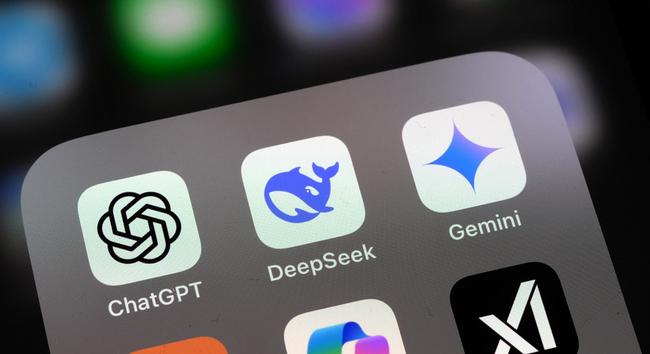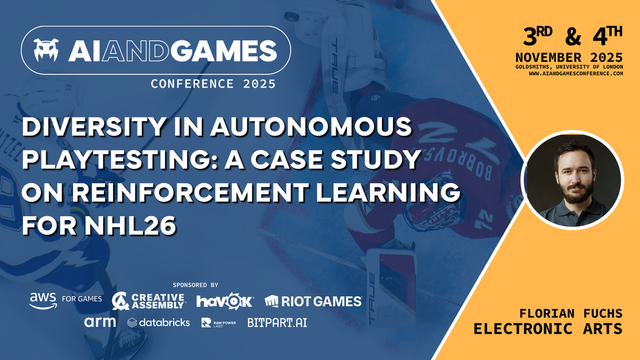Silicon Valley bets big on ‘environments’ to train AI agents
Technischer Ansatz 🔬 Statt menschlicher Beispiele nutzte #R1 reines #ReinforcementLearning, belohnte richtige Antworten und entwickelte dadurch eigene „Reasoning“-Strategien.
Große Wirkung 🌍 Mit über 10,9 Mio. Downloads auf Hugging Face beeinflusst #DeepSeek R1 die #KIForschung 2025 massiv und setzt neue Standards für offene Modelle.
👉 https://eicker.TV ▹ #Technik #Medien #Politik #Wirtschaft ⏻ https://eicker.BE/ratung von Gerrit Eicker aus Münster (2/2)





